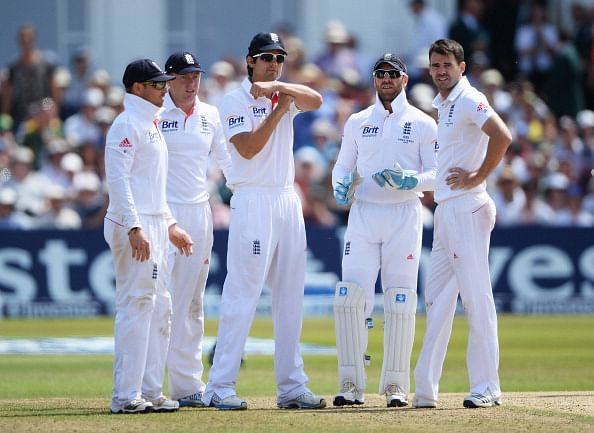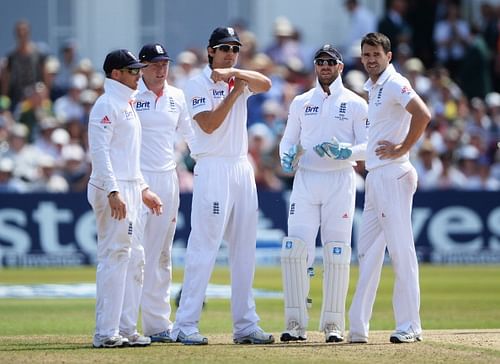
Time to review the DRS

DRS – More of a tactical ploy than a tool to rectify errors
In the recently concluded 1st Ashes Test at Trent Bridge, the English players rejoiced when umpire Aleem Dar’s decision was overturned for the umpteenth time. The third umpire had detected the tiniest of edges on Brad Haddin’s bat to confirm that England had won the first Ashes Test at Trent Bridge by 14 runs, after the on-field umpire had turned down the appeal.
While the English supporters heaved a sigh of relief and joined in the celebrations, for the cricket connoisseurs there was a sense of irony as instead of a photo-finish, it was the interpretation of the Decision Review System (DRS) that decided the outcome of one of the fiercely contested Tests in recent times.
The DRS, no doubt, has proved to be quite useful in getting many decisions right but the inconsistency shown by the ICC in implementing the system has led to several ambiguities.
Case in point being the Stuart Broad non-dismissal in England’s second innings during the Test. Even after getting a thick edge to the first slip, Broad was given not out by Aleem Dar and stood his ground, which he was entitled to. The Australians, having used up their reviews twice unsuccessfully during the innings, couldn’t challenge the umpire’s wrong call and had to live with the decision. Here, the whole idea of using the DRS to get rid of the ‘howlers’ was undermined as the bad decision stayed and the game moved on.
There was also the case of Jonathan Trott‘s dismissal in the second innings which brought the limitations of the DRS technique to the fore. An LBW appeal against Trott was reviewed by the Aussies, and though there seemed to be an inside edge it couldn’t be confirmed as the Hot Spot technology from the side-on angle was being used to prepare a replay of the previous delivery on which Joe Root was dismissed. Third umpire Marais Erasmus, under absurd circumstances, ruled the decision in Australia’s favor to leave everyone red faced. Later the ICC had to tender an apology over the matter.
Another grey area in the system is leaving the borderline calls to the on-field umpire’s call. In the case of close LBW calls if the ball tracker shows the ball brushing marginally against one stump, the on-field umpire’s original decision prevails. At times we have situations where for similar instances we can have different verdicts depending on the interpretation of the umpire. The whole use of technology becomes redundant in such cases as eventually, more often than not, the initial verdict of the umpire stays.
Michael Clarke‘s confession that England were better with the use of DRS proves that the system has now ceased to be a tool to rectify the blatant mistakes and most teams now use it as a tactical ploy to get the 50/50 decisions go their way.
One way of addressing the issue would be to have the umpires, instead of the players, make use of the DRS. The third umpire can step in case of a bad decision and overturn the on-field umpire’s call. Moreover, the umpires have the job of taking the decisions and rather than the players questioning their authority, it is only fair that the right to overturn a wrong decision stays with them.
Empowering the umpires with the DRS will also ensure that one of the basic principles of the game, treating the umpire’s call as the final verdict and respecting it, is upheld.
The use of technology, in this day and age, is almost inevitable and its proper use can certainly make a positive impact on the game, but instances like the Trent Bridge Test make one wonder how things today are any different from the days when we hoped that the rough decisions will eventually even out over a period of time.
The ICC must get its act right and ensure that the system is serving the purpose it was originally intended to. The basic essence of the game is the contest between the bat and the ball and it should not be reduced to figuring out the exact trajectory of a ball recreated in the digital world.